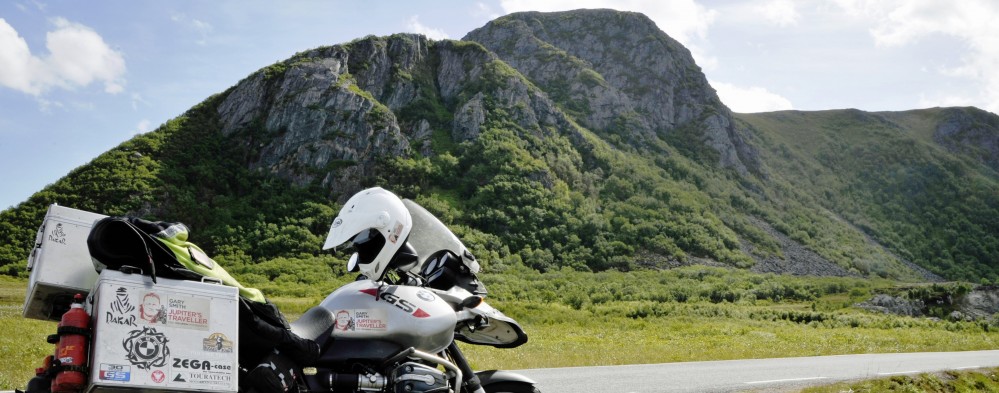In Vienna so popped into see Friedensreich Hundertwasser house – an Austrian artist and architect and whilst not a naturist in the traditional sense of the word he did have a deep appreciation for nature and the environment, which is reflected in his work. Hundertwasser believed that architecture should be in harmony with nature and that buildings should incorporate natural elements such as trees, vegetation, and natural light – there are 10 tenant trees in the house. While Hundertwasser did not espouse the naturist lifestyle, his work was deeply influenced by his reverence for nature and his desire to incorporate it into his art and architecture – plenty of pictures of his bits though










